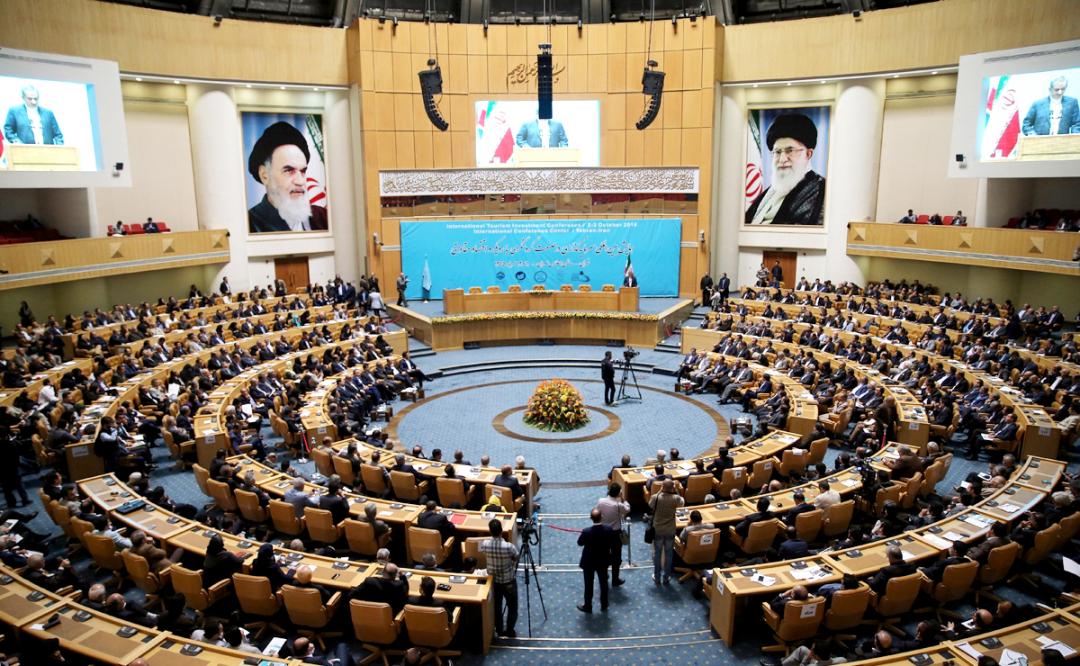The Central Bank of Iran is trying to link domestic bank cards with neighboring countries, “as a part of the banking sector’s plans to help promote the tourism industry in Iran,” said CBI governor, Valiollah Seif on Sunday.
“Talks are underway with Azerbaijan, Russia, Pakistan and Iraq, and grounds will soon be paved for connecting payment networks with the four countries,” CBI website quoted him as saying during the International Conference on Investments in Tourism in Tehran.
The central bank is negotiating with companies in Japan, China, Russia and some European country to make it possible for Iranians to access international payment networks.
Following the lifting of sanctions in January, the CBI started talks with Japan’s JCB (Japan Credit Bureau) and China’s CUP (China Union Pay) to provide bank cards to Iranian customers.
“Such moves would pave the grounds for boosting tourism, as one of the most efficient industries in the country,” he added.
“I believe the tourism industry is attractive for foreign investors, after the oil and automotive industries,” he said, “We expect the tourism industry to make a larger contribution to GDP growth over 10 years.”
The International Tourism Council has predicted 4% growth in Iran’s tourism industry, Seif said, “Iran would be able to attract 370 million foreign tourists by 2026.”
He called on investors to look favorably at the emerging tourism industry in Iran. “It will help create more job opportunities.”
Last week, President Hassan Rouhani said developing the tourism sector is on the government agenda and is seen as crucial to his plans for reviving the ailing economy, particularly by helping tackle high unemployment.
After the signing of the historic nuclear accord with the six major powers last July, which was formally implemented in January, Iran has seen a modest increase in inbound tourism.
An increasing number of international airlines are offering regular flights to Iran and many countries that previously warned against all but essential travel to Iran, are either scrapping or relaxing their warnings, such as France, Australia and Britain.
According to an earlier report by The New York Times, the lifting of sanctions on Iran has resulted in a surge of bookings, tour operators say.
Banks’ Support
Seif referred to improvements in relations with foreign banks in recent months and said, “It would help us access foreign exchange resources and attract foreign investments.”
“We expect further improvement in banking relations with the world. It would allow us to transact money more easily.”
Noting that the CBI is taking measures toward the long-awaited single currency rates, Seif said, “At the moment market rates are used in handling foreign investments.”
Earlier in July, the CBI allowed commercial banks to trade in the parallel foreign exchange market, as part of the initiative to scrap the dual exchange rates and move toward a floating currency regime.
Iran was forced to revert to the controversial double exchange rate regime after nuclear-related sanctions unleashed turmoil in the forex market in 2011-12 in which the national currency lost almost 70% of its value within days.
Seif noted that regulations allow the National Development Fund of Iran to finance tourism industry. NDFI resources are offered at lower interest rates.
Improving Stability
Elaborating on measures taken for attracting foreign investments, Seif said, “The surge in the inflation rate has started to slow down and stands at 8.8%.”
He billed the lower inflation as a "considerable achievement for us."
“We also managed to lower fluctuations in the forex markets,” Seif said.
Iran registered 3% economic growth during the previous fiscal year that ended in March, according to the central banker, “We expect the growth to reach 5% this year.”


